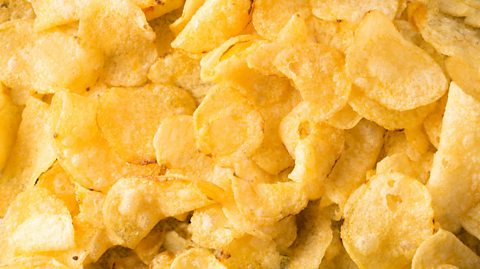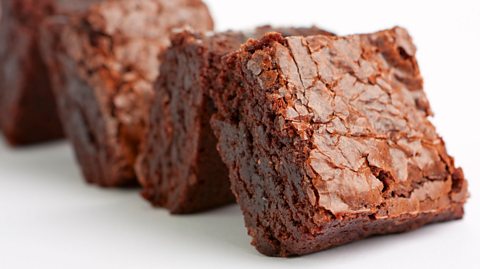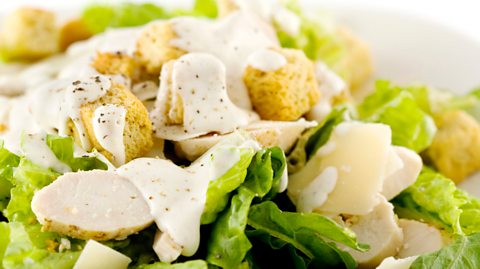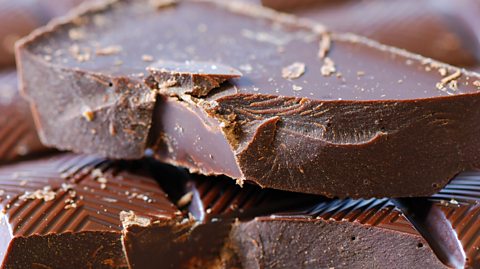When youÔÇÖre absolutely ravenous and tear into a bag of crisps, itÔÇÖs likely that you wonÔÇÖt be spending too much time thinking about the history of what's in it.
But some foods really do have delicious stories behind them; some of epic proportions and some of a teeny tiny accident in the kitchen.
Occasionally however, its hard to pin down when they were first made, and urban legends are born about their origins. Weve taken a few prime examples and found out what really happened sort of.
Crisps

A popular urban legend about the invention of crisps goes as follows: in 1853, a man called Cornelius Vanderbilt ordered some fried potatoes from a restaurant in New York, and sent them back saying that they were too thick. The chef saw red, and thinking heÔÇÖd get the picky customer back, he threw the thinnest possible slices of potato into hot oil and fried them to within an inch of their lives. He sent the burnt and crunchy snack back to Mr Vanderbilt who, much to the chefÔÇÖs surprise, loved them and wolfed them all down. The rest, as they say, is history.
Turns out that the story gets history very, very wrong. According to an article on the academic news site JStor Daily, pretty much everything about the story is a bit fishy. On the date of the reported 1853 restaurant incident the customer in question was actually travelling around Europe, and the restaurant heÔÇÖs said to have ordered them from (MoonÔÇÖs Lake House) didnÔÇÖt open until 1854. Maybe weÔÇÖll never know the real story behind the salty treats.
Chocolate chip cookies

The theories about the invention of the chocolate chip cookie are somewhat contested. The facts we do know are that they were first made by an American woman called Ruth Wakefield and that she went on to sell the recipe to Nestl├® for a dollar in 1939 (as well as apparently receiving an unlimited supply of chocolate).
From there, the creation theories start to diverge. One school of thought is that it was a complete accident: she may have run out of bakersÔÇÖ chocolate or cocoa when she was trying to make chocolate cookies, so used chunks of chocolate instead hoping they would melt. Others say itÔÇÖs ludicrous to suggest that she, an experienced baker, would have run out of key ingredients, and that she actually just didnÔÇÖt have time to melt the chocolate into the mixture whilst experimenting. Whether the stories are true or not, we definitely owe Ms Wakefield a great deal.
Brownies

The gooey, chocolatey squares we know and love are sometimes thought to have been born out of a pretty fatal baking accident. The story goes that a woman in Maine in the US was trying to make a chocolate cake but left out the baking powder. Not wanting it to go to waste, she cut it into squares and served it anyway, and people have enjoyed eating them ever since.
Turns out that this isnÔÇÖt quite right either. They were apparently made entirely on purpose: the Palmer House Hotel in Chicago claims a woman called Bertha Palmer asked the pastry chefs at the hotel to come up with snacks for the women in a group she was the head of. She gave them strict instructions that they needed to be able to fit neatly into lunch boxes and so voil├á, the brownie was born. Her recipe tops the brownies with walnuts and an apricot glaze, and you can still get them from the hotel to this day.
Caesar salad

Going down a bit of a healthier route, you would be forgiven for thinking that the Caesar Salad was a Roman invention in honour of the Roman Emperor Julius Caesar. It was apparently named in honour of someone called Caesar, but not the one who conquered Europe.
It was in fact an Italian immigrant living in Tijuana, Mexico, called Caesar Cardini. He ran a restaurant in the city and was one day running low on quite a lot of ingredients, when suddenly lots of people piled into the restaurant. In a panic, he threw together everything he could lay his hands on, and one of the most famous salads in the world was born.
A brief history of chocolate
It's delicious, but where does it come from?

Why donÔÇÖt we all like the same foods?
How genetics, your mum's diet and bad experiences can shape your tastes.

The takeaway treats that have become national treasures
How poutine, kebab pizza and more found their way into a country's heart
